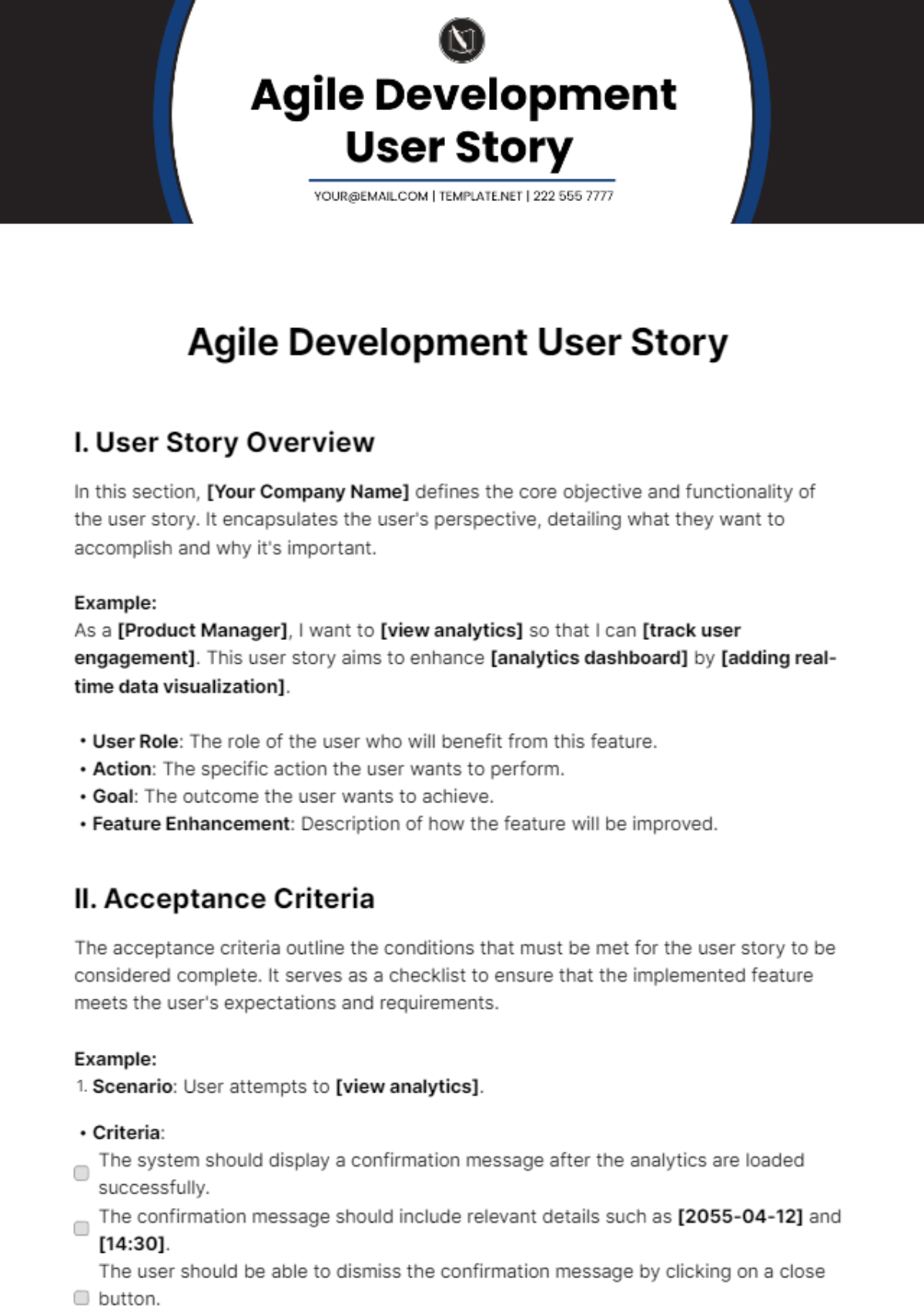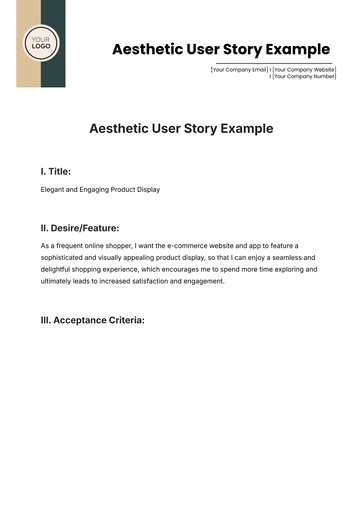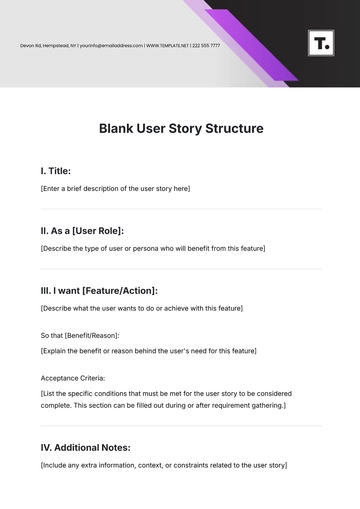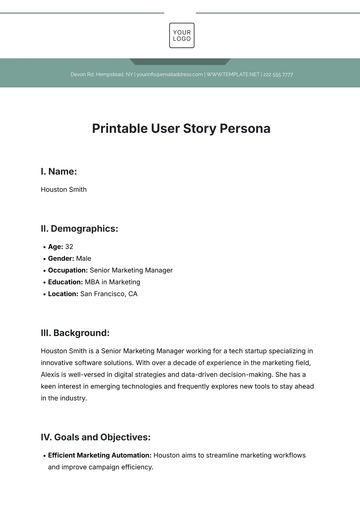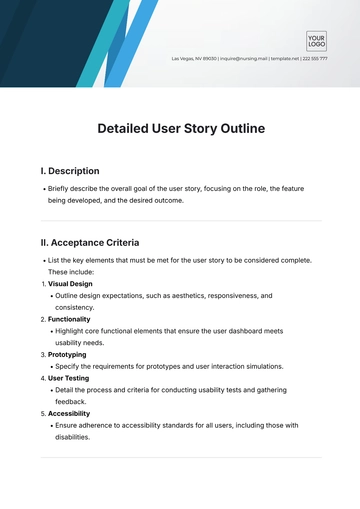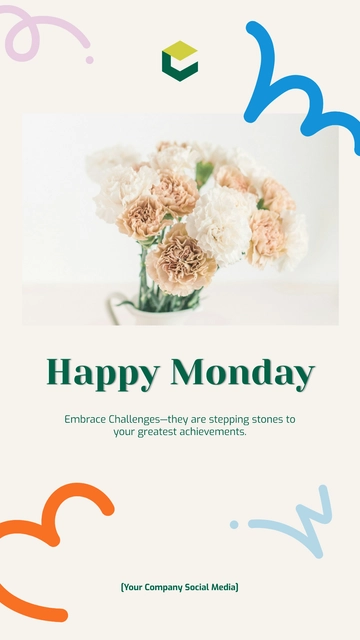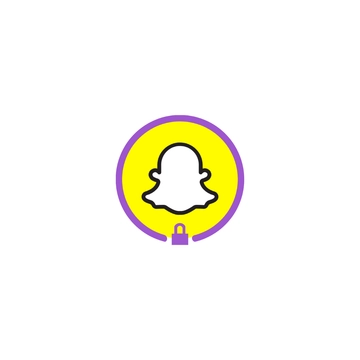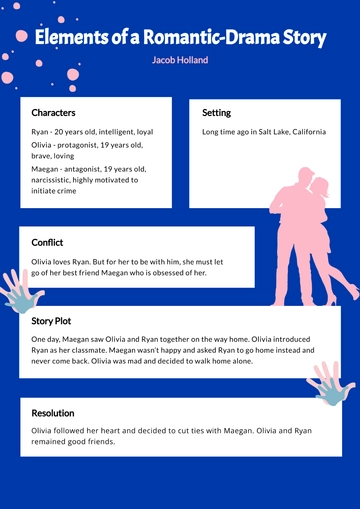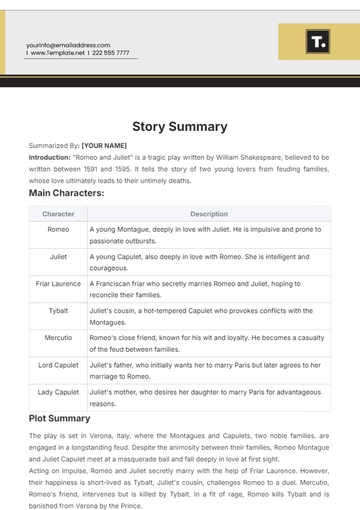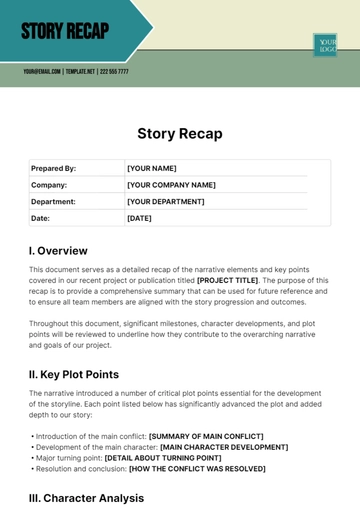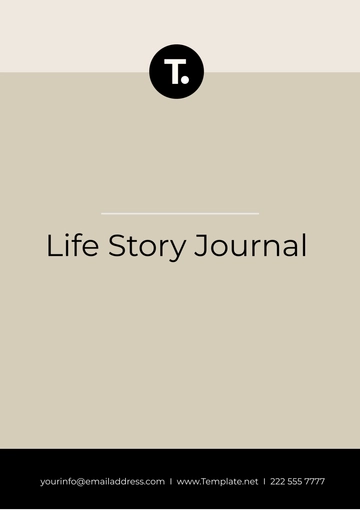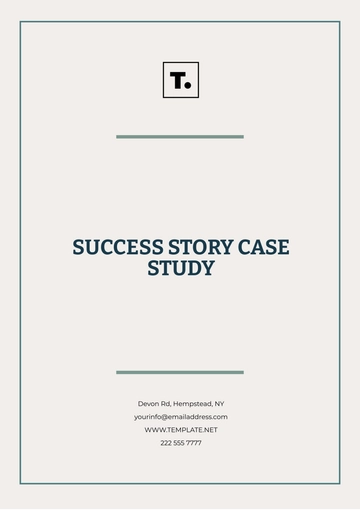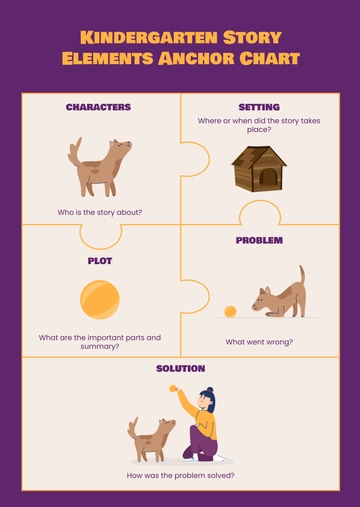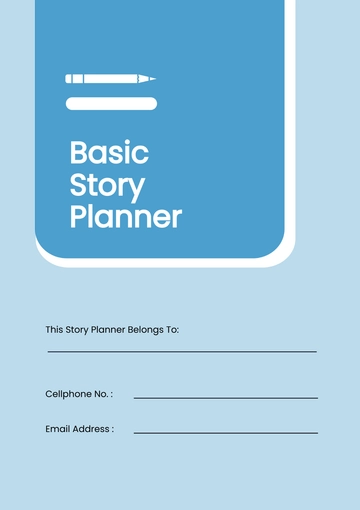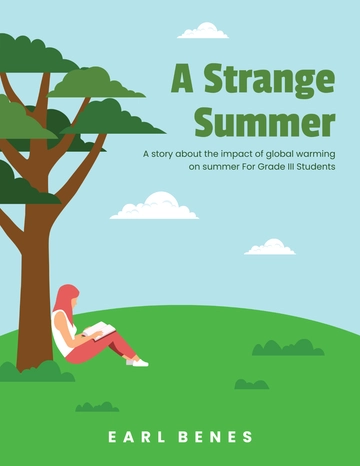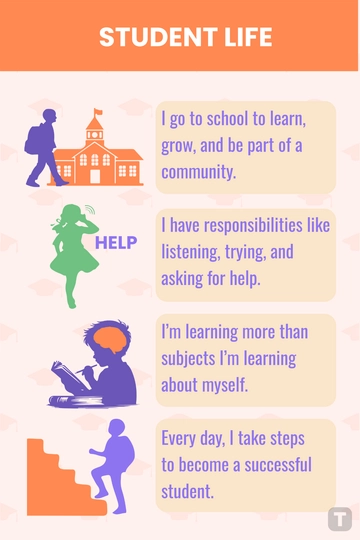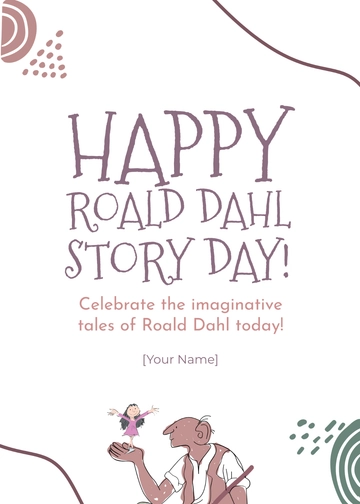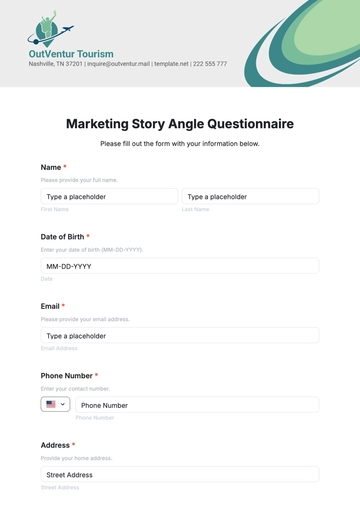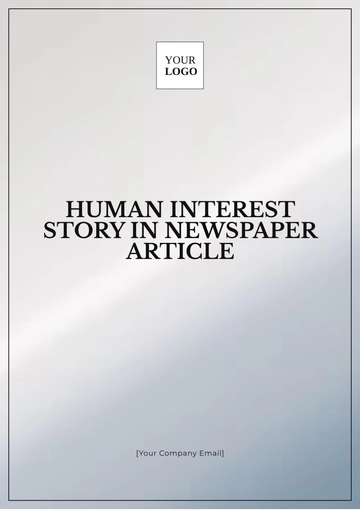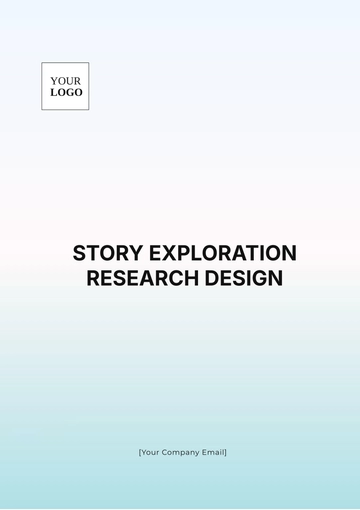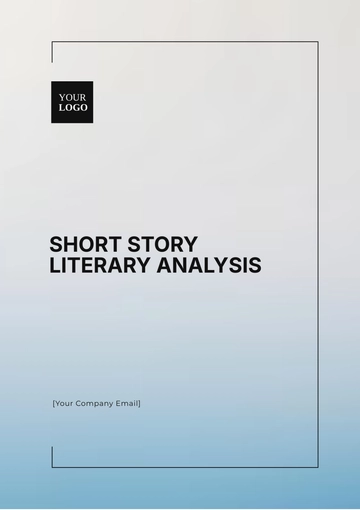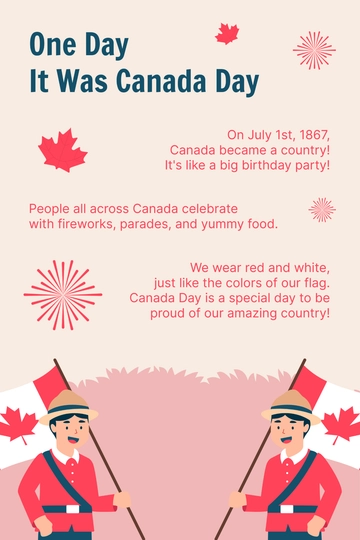Agile Development User Story
I. User Story Overview
In this section, [Your Company Name] defines the core objective and functionality of the user story. It encapsulates the user's perspective, detailing what they want to accomplish and why it's important.
Example:
As a [Product Manager], I want to [view analytics] so that I can [track user engagement]. This user story aims to enhance [analytics dashboard] by [adding real-time data visualization].
User Role: The role of the user who will benefit from this feature.
Action: The specific action the user wants to perform.
Goal: The outcome the user wants to achieve.
Feature Enhancement: Description of how the feature will be improved.
II. Acceptance Criteria
The acceptance criteria outline the conditions that must be met for the user story to be considered complete. It serves as a checklist to ensure that the implemented feature meets the user's expectations and requirements.
Example:
Scenario: User attempts to [view analytics].
Scenario: User tries to [filter data].
III. Tasks
Tasks break down the user story into actionable items for the development team. Each task should be small enough to be completed within a single sprint.
Example:
Task: Implement backend logic for [loading analytics data].
Task: Design UI components for [filtering options].
IV. Dependencies
Identify any external dependencies or prerequisites necessary for the completion of the user story. This ensures that the team has everything they need to start working on the user story without delays.
Example:
With this document, team members at [Your Company Name] can ensure that all aspects of user requirements, design, and implementation are thoroughly planned and communicated. This structured approach helps in delivering high-quality features that meet or exceed user expectations.
User Story Templates @ Template.net
